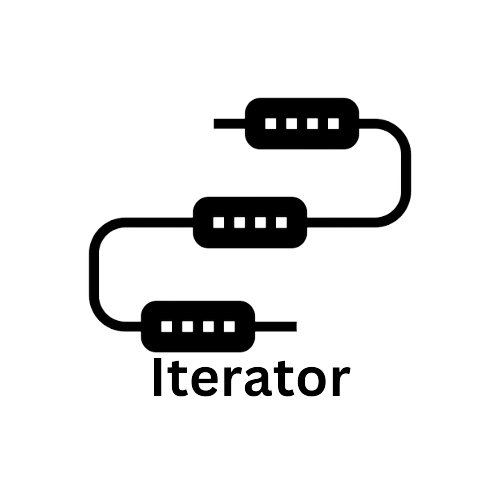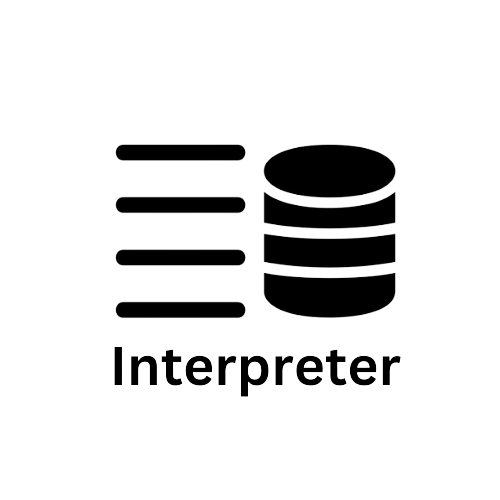Design Pattern: Observer Pattern in TypeScript
Observer pattern decouples the subject from the observer/subscriber. Using this pattern the subject publisher can trigger events on some change, and the listener/subscriber gets informed of the change. This article demonstrates Observer pattern implementations in TypeScript.





